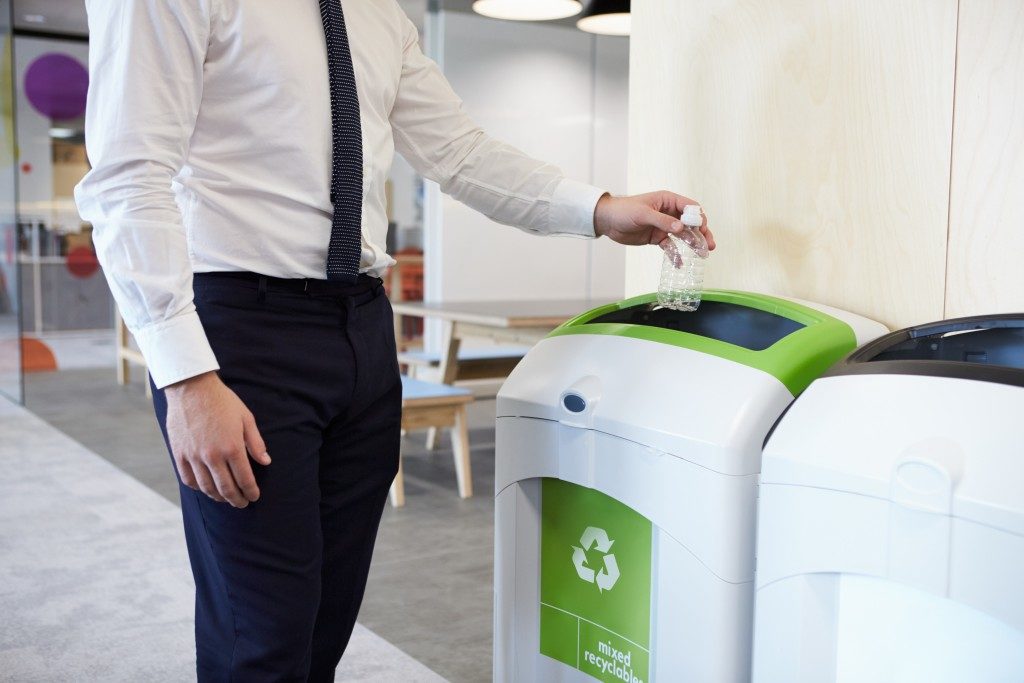You can make money in recycling. According to Statista, global revenues in the industry could reach more than $377 billion by 2024. It would then be over $100 billion higher than in 2017.
Along with the potential earnings, however, are the many challenges various materials recovery facilities (MRFs) and related businesses have to deal with.
The Reasons for Growth
The concept of recycling is not new. Over the past few years, though, it became popular for a variety of reasons:
1. Clamor for Sustainability
More consumers are thinkers—that is, they now weigh the contribution of the products they are using to themselves and the environment. Hence, there is a growing demand for more sustainable products.
These may refer to packaging that does not end up in the landfills or products sourced from indigenous or natural materials. It may also mean using raw materials that companies can reuse over and over, such as aluminum and plastic.
2. Effects on Physical Health
Many consumers also believe that sustainable products are healthier for both the environment and their bodies. For example, no metal can seep into the ground and contaminate the water supply. Reduced air pollution can mean lower carbon emissions. It will then decrease the risks of respiratory diseases.
Sustainable beauty products may also be suitable for the skin since they contain fewer or zero harmful chemicals or ingredients like phthalates and paraben.
These two factors alone can attract consumers to pay a premium price for recycled products. Meanwhile, it will also increase the demand for MRFs.
Beating the Challenges

While the money is potentially good, the challenges may prevent the industry from progressing quickly.
Fortunately, some of these problems may already have available solutions, such as hiring a waste company consultant.
One of the issues is the high recycling costs. Logistics or trucking is becoming more expensive. The amount of trash to sort out is increasing. Many of these facilities may lack efficient systems to handle various kinds of trash.
All these make running the business difficult. The expenses also force these companies to charge higher fees to their clients. In the process, they become less competitive.
It may even derail the momentum the country already has when it comes to sustainability. Many of these wastes may still end up in the landfill, where they sit for decades. Others may be burned by incinerators, further contributing to greenhouse emissions.
A practical solution such as staffing the business with recycling specialists is already a step to addressing cost-related challenges.
A more complicated problem involves politics. Before 2018, waste recyclers in the United States can send their “goods” to China, which is the biggest market at that time. Since the implementation of the National Sword Policy, plastic imports dropped by nearly 100%.
Politics and high costs can put a damper on the growth of waste recycling, and the solutions may involve beyond staffing the right people. But every problem does have an answer. It is all up to MRFs today to make use of the answered ones.



